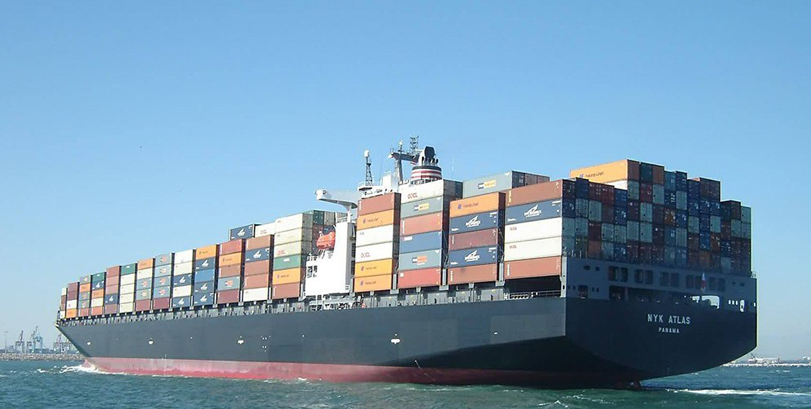Marin – Analysis of a Model for Ship Maneuvering #SWI2011
Traditionally, the study of the hydromechanical behaviour of ships (and floating bodies in general) is divided into ship hydrostatics (without motions in calm water) and ship hydrodynamics (with motions in either calm water or in waves and/or current). The area of ship hydrodynamics can be roughly divided into powering/propulsion and calm water resistance, seakeeping (motions in waves with limited viscous effects) and manoeuvring (motions in calm water). Manoeuvring research addresses the performance of a ship in typical operations such as zig-zag manoeuvres, turning circles and harbour manoeuvres such as crabbing (moving sideways from/to a quay) or turning on the spot. Other issues of interest are the course stability and the directional stability of the ship.
The actual manoeuvring behaviour of a ship design is investigated in experiments using a scale model. The measured forces and moments are translated into coefficient values for the equations of motion. Although this quantitative analysis is valuable from a design point of view, it has the disadvantage that many simulations are needed in order to identify the weak spots of a particular design. A more qualitative design could reveal the most important terms (or coefficients) for a given set of coefficients and might also quantify the effect of changes of these key coefficients.

